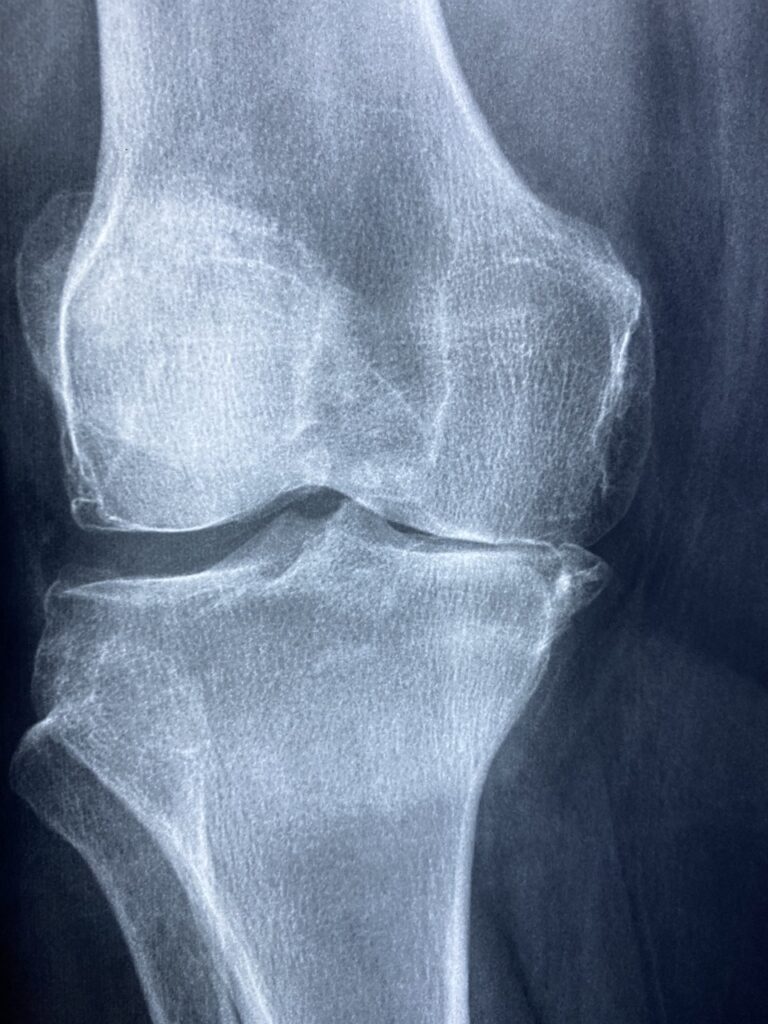Orthodontics is a specialized field of dentistry focused on diagnosing, preventing, and correcting irregularities in the alignment of teeth and jaws. By using various orthodontic appliances and techniques, orthodontists strive to improve dental aesthetics, function, and overall oral health. Understanding the principles, treatment options, and benefits of orthodontic care can help individuals achieve a healthier and more confident smile.
What is Orthodontics? Orthodontics involves the diagnosis, prevention, and treatment of dental and facial irregularities, including:
- Malocclusions (misaligned bites)
- Crooked, crowded, or protruding teeth
- Overbites, underbites, and crossbites
- Jaw misalignments and temporomandibular joint (TMJ) disorders
Orthodontic Treatment Options: Orthodontic treatment aims to correct dental and skeletal discrepancies to achieve optimal dental function and facial aesthetics. Common orthodontic appliances and techniques include:
- Braces: Traditional metal or ceramic brackets attached to the teeth, connected by wires and elastic bands to exert gentle pressure and gradually move the teeth into proper alignment.
- Clear Aligners: Transparent, removable trays (e.g., Invisalign) custom-made to fit over the teeth and gradually shift them into alignment, offering a discreet and convenient alternative to traditional braces.
- Retainers: Custom-made appliances worn after orthodontic treatment to maintain the new tooth positions and prevent relapse.
- Palatal Expanders: Devices used to widen the upper jaw and correct crossbites or overcrowding by gradually separating the palatal bones.
- Headgear: External orthodontic appliances worn to modify jaw growth and correct severe malocclusions, such as overbites or underbites.
- Functional Appliances: Removable or fixed appliances designed to modify jaw growth patterns and improve facial harmony in growing children with skeletal discrepancies.
- Surgical Orthodontics: Combined orthodontic and surgical treatment for complex cases involving severe jaw discrepancies or asymmetry.
Benefits of Orthodontic Treatment: Orthodontic treatment offers numerous benefits beyond cosmetic improvements, including:
- Improved Dental Health: Straighter teeth are easier to clean and less prone to decay, gum disease, and other oral health problems.
- Enhanced Bite Function: Properly aligned teeth and jaws improve bite function, chewing efficiency, and speech clarity.
- Reduced Risk of TMJ Disorders: Orthodontic treatment can alleviate jaw pain, headaches, and TMJ dysfunction by correcting bite irregularities and jaw alignment.
- Enhanced Facial Aesthetics: Correcting dental and skeletal discrepancies can improve facial symmetry, harmony, and overall appearance.
- Boosted Self-Esteem: A confident smile and improved facial aesthetics can enhance self-confidence and social interactions, leading to a better quality of life.
Orthodontic Process:
- Initial Consultation: Orthodontic evaluation, including dental examination, X-rays, and digital scans or impressions of the teeth.
- Treatment Planning: Customized treatment plan based on the patient’s unique needs, including appliance selection, treatment duration, and cost estimates.
- Orthodontic Treatment: Placement of braces or aligners, regular adjustment appointments, and compliance with oral hygiene and dietary recommendations.
- Monitoring Progress: Regular follow-up visits to assess treatment progress, make adjustments as needed, and ensure optimal results.
- Retention Phase: After active treatment, wearing retainers to maintain the new tooth positions and prevent relapse over time.

Conclusion: Orthodontic care plays a vital role in improving dental health, function, and aesthetics for individuals of all ages. By addressing malocclusions, crowded teeth, and jaw irregularities, orthodontists can help patients achieve straighter, healthier smiles and enhanced facial harmony. With advancements in orthodontic technology and treatment modalities, individuals have access to a wide range of options tailored to their specific needs and preferences. Whether opting for traditional braces, clear aligners, or other orthodontic appliances, investing in orthodontic treatment can lead to long-term benefits and a lifetime of confident smiles.




